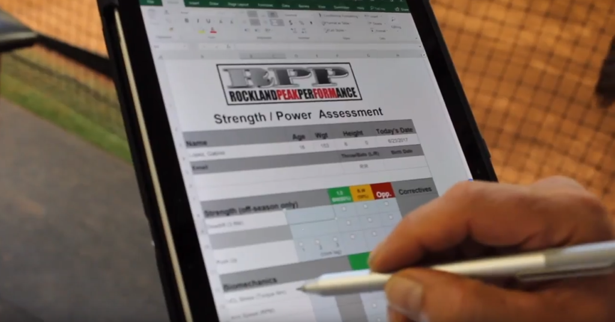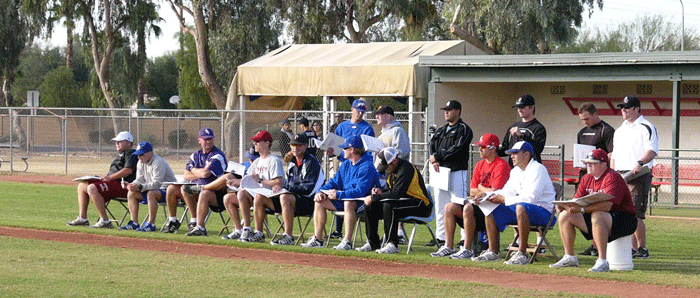
For the past few years, I’ve had the privilege of presenting with some of the brightest and innovative minds in baseball. Always being a big believer in educating my coaches and athletes, last year, I brought two of my coaches from RPP along with me to listen and learn when I spoke at Pitch-A-Palooza. If you’ve never heard of it (hard to believe), Palooza is Lantz Wheeler’s 3-day extravaganza that brings together 500+ (it grows every year that I’ve presented there), forward-thinking coaches, trainers, PT’s and data/tech analysts.
The “take-home” for my guys was so beneficial that it prompted me to bring 5 of them this year. My strength coach, 2 pitching coaches, my hitting coach and a data intern all accompanied me to grab some knowledge and just as important bond as a unit. Palooza is somewhat of a “meeting of the minds” looking to both listen to and share with each other different mind sets on making players and coaches healthier and more efficient at what they do. It’s a welcome break from the world of social media we live in where many times, people troll each other’s posts simply to stick out their chest and criticize each other.
At the end of the event, I asked my guys for their impressions and their favorite presentations. Here is their feedback. Enjoy… Continue reading “Educating Your Staff… The Palooza Experience”










